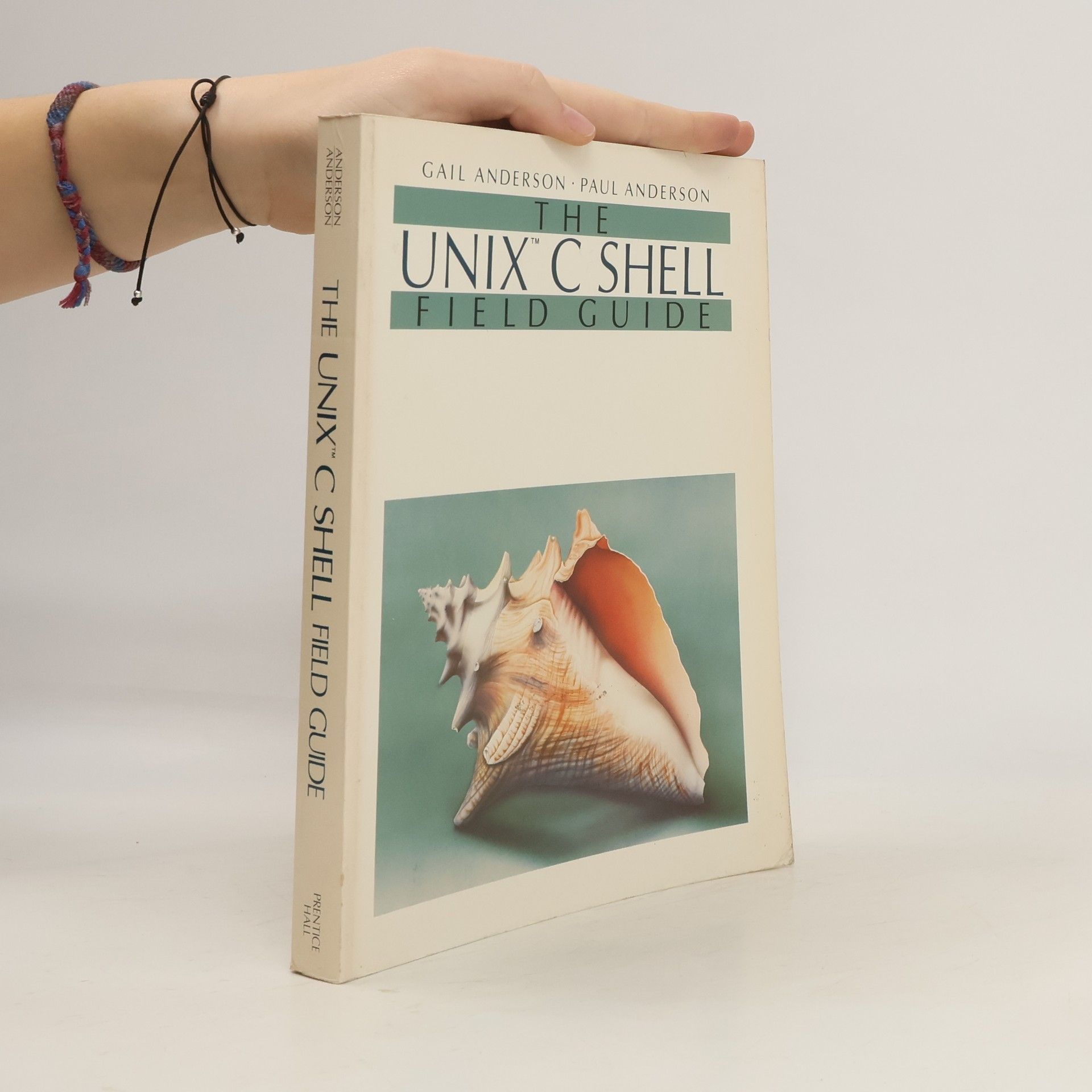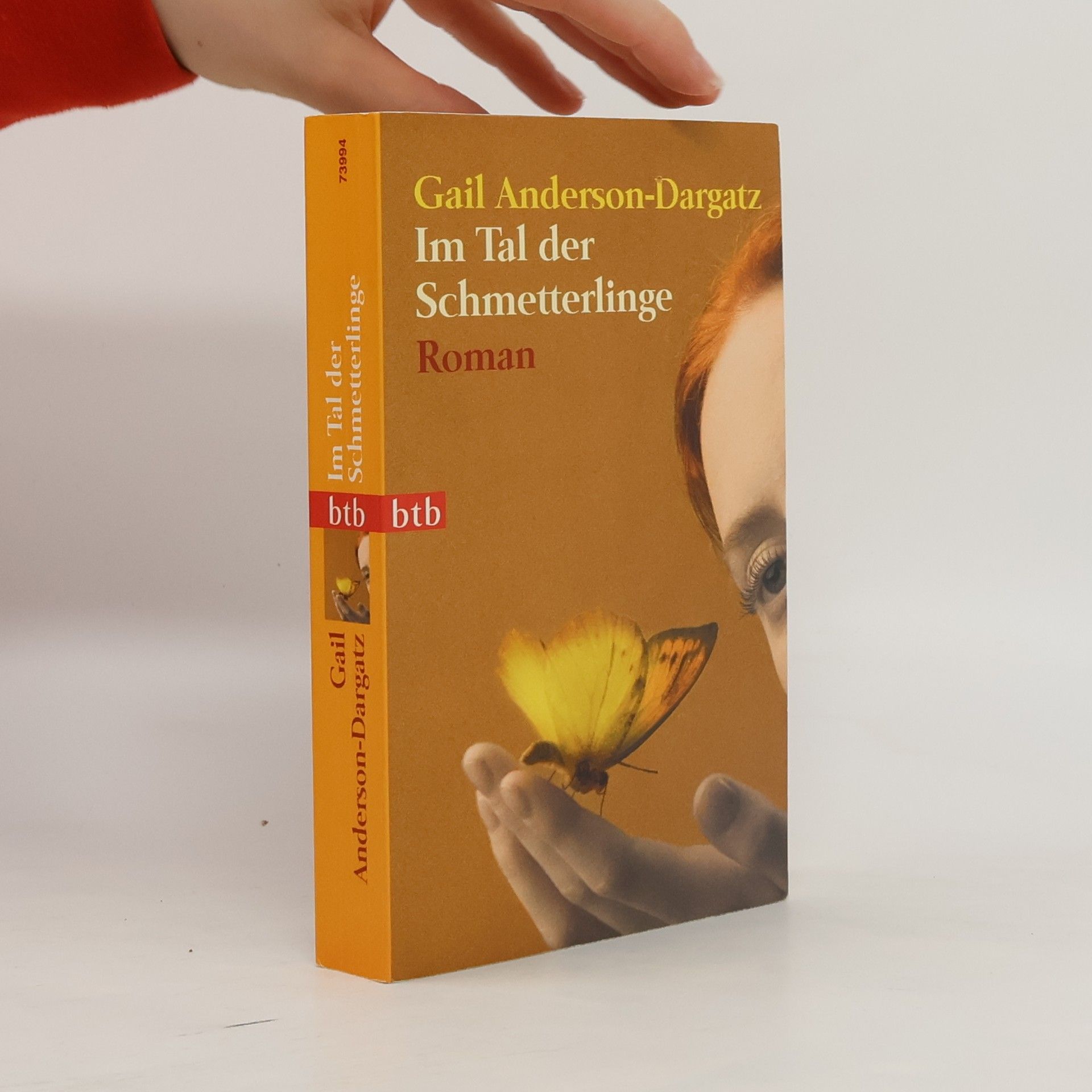Spotting Dottie
- 112 pages
- 4 hours of reading
Charlotte, a fourteen-year-old, embarks on an adventurous quest to uncover the truth behind the legendary lake monster, Dottie, using her new drone. This engaging novel captures the excitement of exploration and the determination of a young girl as she seeks to prove the existence of the elusive creature at Dorothy Lake. Perfect for middle-grade readers, it combines themes of curiosity and bravery with the thrill of modern technology.





